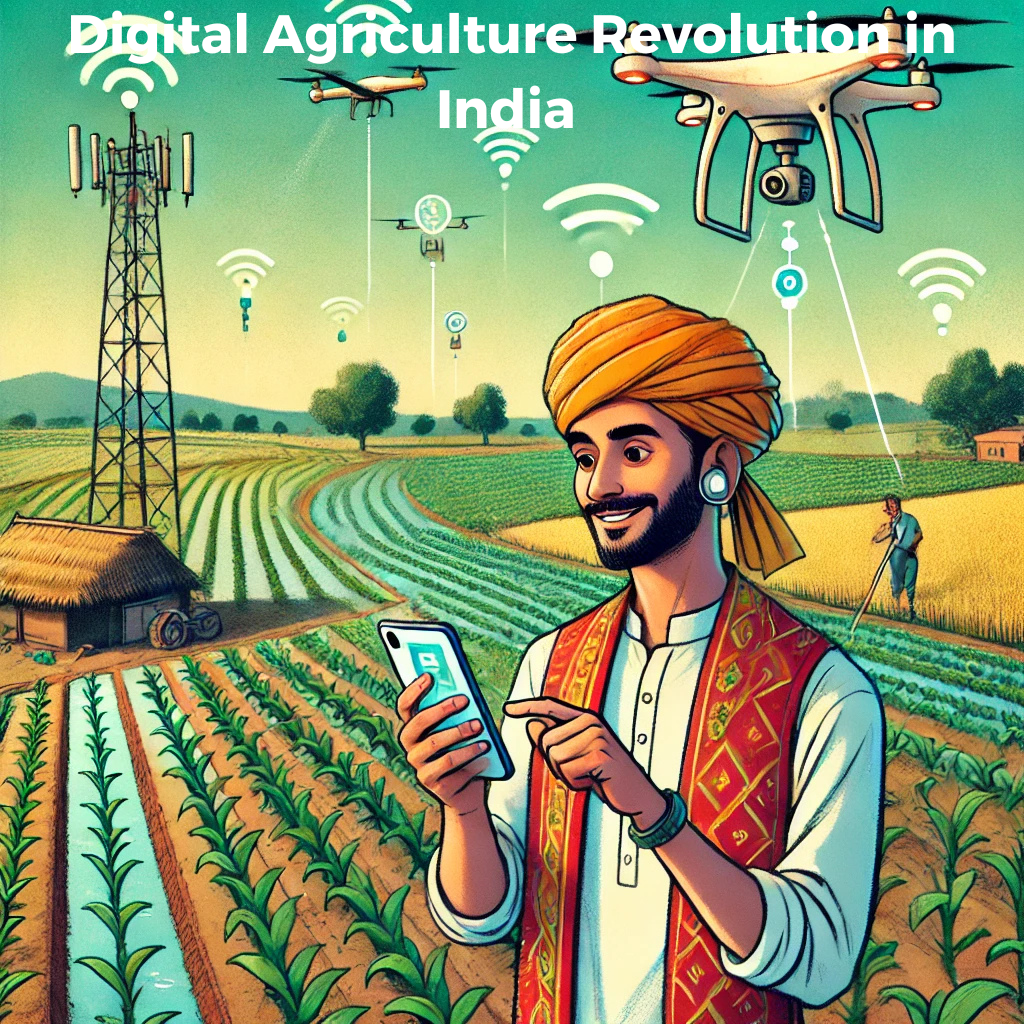The Gujarat Riots were one of the darkest events in recent Indian history. These tragic events unfolded in 2002, leading to widespread violence and loss of life. The riots left deep scars on the social fabric of Gujarat and the country. The riots sparked debates across political, legal, and social platforms, making them a subject of national discourse for years.
- The riots began after a train carrying Hindu pilgrims was attacked.
- Violence quickly spread, affecting different communities in Gujarat.
- Thousands of lives were lost, and many more were displaced.
- The aftermath led to widespread political and social consequences.
- Efforts for justice and rehabilitation have been ongoing.

Beginning of the Gujarat Riots
The Gujarat Riots began in February 2002 after a train carrying Hindu pilgrims was set on fire in Godhra. The tragic incident led to the death of 59 people. The burning of the train triggered communal violence across the state. The unrest primarily targeted the Muslim community, leading to an escalation in violence.
Escalation of Violence
Following the Godhra incident, the violence spread across several cities and rural areas in Gujarat. The riots saw large-scale arson, looting, and killings. Homes and businesses were destroyed, leaving thousands of families displaced. Law enforcement struggled to control the situation as tensions grew.
Government Response and Criticism
The government faced heavy criticism for its handling of the Gujarat Riots. Accusations of inadequate police intervention and delayed response were common. Human rights organizations called for accountability, and legal proceedings were initiated against several individuals. The riots raised concerns about the role of the state in controlling communal violence.
Aftermath and Rehabilitation
The aftermath of the riots left deep scars on both communities. Rehabilitation efforts were initiated, but the road to recovery was slow. Victims of the violence struggled to rebuild their lives. Many families were forced to leave their homes and seek refuge in camps. NGOs and social organizations played a crucial role in providing support to the affected.

Legal Proceedings and Justice
Several cases related to the riots were brought to the courts. While some individuals were convicted, many others are still seeking justice. The legal proceedings surrounding the riots have been long and complex. Efforts to address grievances and provide compensation to victims are still ongoing.
Lessons Learned
The riots highlighted the need for stronger communal harmony and a more proactive approach to handling violence. It became clear that political and social divisions could lead to catastrophic consequences if not addressed in time. Ensuring justice, promoting understanding, and healing the wounds left by the riots remain critical for the state’s future.
Conclusion
The Gujarat Riots serve as a reminder of the destructive potential of communal violence. These were tragic times, causing colossal suffering and dividing people. All lessons from these events have to guide efforts in promoting peace and preventing such incidents in the future. What remains now is the realization of justice, reconciliation, and a better future for the communities
| Gujarat Riots UPSC Notes |
| 1. The Gujarat Riots began in February 2002 after a train fire in Godhra killed 59 Hindu pilgrims, leading to widespread violence. 2. Violence quickly escalated, targeting the Muslim community, resulting in extensive destruction of property and displacement of thousands. 3. The riots caused significant loss of life and affected both urban and rural areas across Gujarat. 4. Government response faced criticism for inadequate intervention and delayed action during the riots. 5. Human rights organizations and legal bodies called for accountability and justice in the aftermath of the riots. 6. The Gujarat Riots highlighted deep-seated communal tensions and raised concerns about the role of the state in managing such violence. |
.


